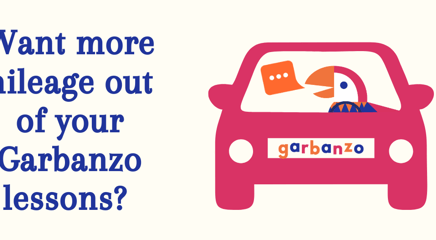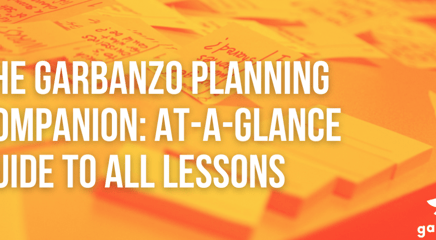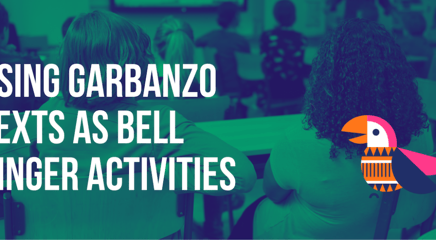This article argues that representation matters in the world language classroom. It makes the case for LGBTQIA inclusivity in reading materials used in middle school and high school Spanish classes.
By Natalia Alvarez
Using texts in our classrooms in an inclusive manner is about allowing all students to see themselves reflected in the text. This is vital for LGBTQIA individuals, as well as for those who may not fit traditional notions of gender, race, or ability. Representation is important because it connects people with themselves and with others. Empathy is fostered through this type of connection, which can be an effective tool for social justice work.
What does LGBTQIA representation mean in the context of a World Language class?
It means going a little above and beyond and making conscious changes in the presentation of examples, reading materials, and activities. Reading LGBTQIA materials in the classroom should be modeled by the teacher. Similarly, students can model this behavior by reading and discussing LGBTQIA themes in your classroom stories, in the character selections, and even in fill-in-the-blanks exercises. Students should also have the opportunity to create their own works that reflect their experiences with gender identity and/or sexual orientation, as well as other aspects of their identities (for example, culture and ethnicity). These student-authored pieces may be shared with fellow students or published online through blogs, through shared storytelling, and you can even develop comics and writing exercises with these.
How can we expand our understanding of the kinds of stories that are available to us so that we see the fullness of life?
As we continue to consider how representation matters in the world language classroom, it's important to remember that there are many ways to be represented. Because of the variety of experiences and identities outside of what we see reflected in our reading materials, it makes sense that not all students will find themselves reflected in them. As teachers and writers, we have to broaden our understanding of the kinds of stories available to us so that we can see the fullness of life in our classrooms and texts.
Changing our perspective back to ourselves as writers and readers, instead of merely considering how well a character or text reflects identity, is crucial. We must ask: What stories are important to the experience of a student learning a language? When I was a student in college, I found out that in my own country (Venezuela) there was a trailblazing trans icon called Tamara Adrián, an attorney who became the first trans representative of the Venezuelan National Assembly. This person had an amazing and long career and was one of the main figures at the forefront of equality rights in my own country and I had no idea who she was before I turned 20. If we don't offer students the option to see these amazing figures, how can they find out? It's no different than exposing our students to Spanish-speaking traditions, such as La Noche de las Velitas in Colombia or el encierro de San Fermín in Spain. World Language teachers in particular have this amazing power of being ambassadors for the underrepresented, so let's use that superpower for making a juster, fairer world.
Real-world implications
The queer community is a growing and diverse population, one that encompasses people of all ages, races/ethnicities, religions, and nationalities. Representation matters because it allows for the voices of marginalized groups to be heard.
In addition to increasing the number of books with LGBTQIA characters, we should also consider including books by authors who identify as part of this community in our classrooms. It's important for students to see themselves reflected in their reading materials not only in terms of race/ethnicity, but also in gender identity (performers), sexual orientation (authors), disability status (characters), and so on!
Expand your list of source materials to include creators and books with which you might not otherwise be familiar.
Find readers that are written by diverse authors. This could mean doing a book audit during the Summer, because, with the craziness of daily work, we may forget how quickly some readings may be either outdated, have colonizing views, or we just realize that there are more English-sounding names than Spanish ones.
If you cannot find readers with diverse populations as main characters, you can create them with your classrooms. The least shocked we act, the more normalized it will seem in the eyes of students. You never know who in your classroom is having doubts about themselves and their identity, so opening the door and leading the way in small gestures (as small as building a story where two boys have a crush on each other) can make a huge difference in the lives of students.
Don’t have time to create? Check out our selection of LGBTQIA-focused stories: https://garbanzo.io/lessons. All you have to do is filter by topic and you’ll see a list of all the stories with the LGBTQIA+ tag. Do you feel that there could be more? We are constantly improving, so send us an email at [email protected] for any stories that you think are relevant to add, even your own class stories!
Natalia Alvarez is Garbanzo's current Social Media Coordinator and a former Spanish teacher based in Virginia. She holds a Bachelor of Arts in Spanish Language and Literature from la Universidad del Zulia and a Master's degree in Spanish Linguistics by the University of Colorado at Boulder. Her interests include SEL education in the WL classroom, theater and how to make the world a less scary place.



